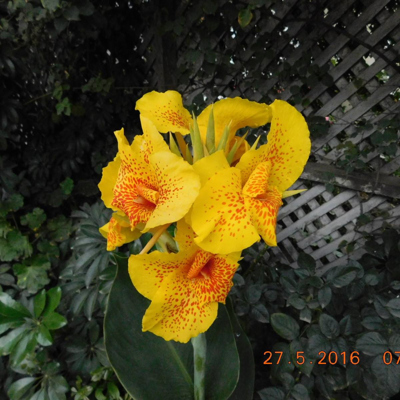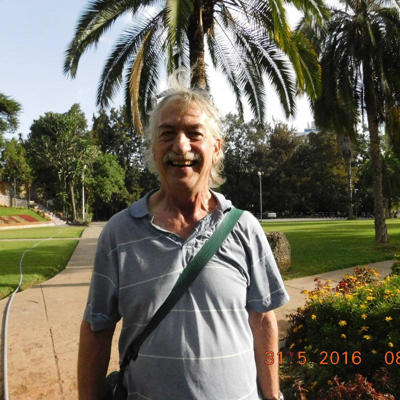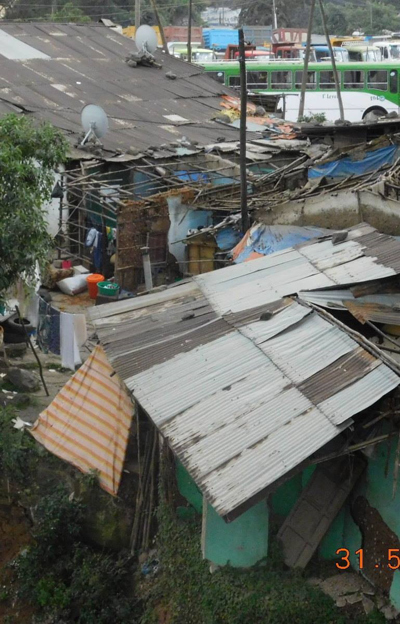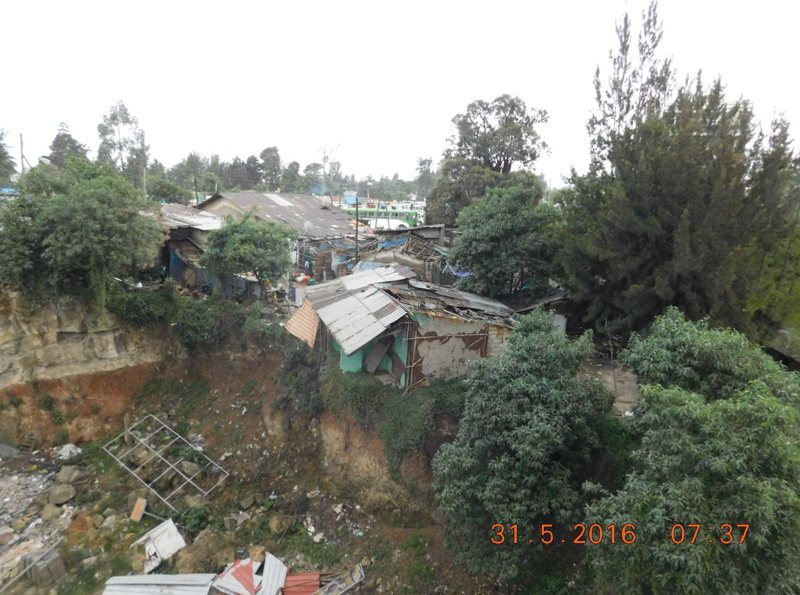Murray In Ethiopia
I can almost say that Ethiopia is my home. I came here in 1948 as a baby and grew up in this country of approximately 98 million people. My father was a builder and we moved around the country building schools and clinics in undeveloped areas mostly in the south of the country.
I hardly recognize the country now. It is the fastest developing country in Africa. Jumping into the 21st century it is exploding with technology, roads, and infrastructure at an insane rate. The Capitol city Addis Ababa has grown from a population of 800,000 to well over 9 million people in 50 years. Every where you look you see there are buildings and sky scrappers popping up. The expansion of the city has presented some major issues of conflict with the Oromo people who have become alarmed at how the city is encroaching on their mostly agriculture and cattle raising land.
The city has tried to respond to the crisis by dictating strict building
bob
11 chapters
15 Apr 2020
Life in Addis
Addisababa Ethiopia
I can almost say that Ethiopia is my home. I came here in 1948 as a baby and grew up in this country of approximately 98 million people. My father was a builder and we moved around the country building schools and clinics in undeveloped areas mostly in the south of the country.
I hardly recognize the country now. It is the fastest developing country in Africa. Jumping into the 21st century it is exploding with technology, roads, and infrastructure at an insane rate. The Capitol city Addis Ababa has grown from a population of 800,000 to well over 9 million people in 50 years. Every where you look you see there are buildings and sky scrappers popping up. The expansion of the city has presented some major issues of conflict with the Oromo people who have become alarmed at how the city is encroaching on their mostly agriculture and cattle raising land.
The city has tried to respond to the crisis by dictating strict building


codes like all new buildings must be at least three floors in height. But in spite of these restrictions, thousands of people poor into the cities looking for a better life, looking for jobs and lured by the western glamour of this new century. Squatting and illegal buildings and shacks fill every available piece of ground. Ethiopia is also the leading African country for absorbing refugees from wars in Somalia, Sudan, Eritrea, and other mid-eastern countries where war and political unrest have unsettled millions.
The Chinese and Indian governments have been instrumental in the development of this country for the last ten years and have poured billions of dollars of development into the country in return for purchases of Chinese and Indian goods. Ethiopia has become the largest manufacturing base for goods in Africa, and this has created a new middle class citizen. They are at the centre for African Unity and have a very large military force that is enabling them to take on many of the mandates of the United Nations Peace Keeping roles of this throbbing African continent.
The country itself is beautiful, with almost every type of terrain imaginable but is suffering from deforestation at an alarming rate.



The resulting erosion is evident in the bleak landscapes that used to be lush and green all year. There used to be little to stop the exploitation of the beautiful timbers that grew in the many forests. I remember as a boy watching huge trees that were more than ten feet in diameter being hauled away by trucks in the Sheshamony region and by Lake Awasa, trees that will never be see again. The government has recognized the important need for reforestation and conservation of their wonderful natural resources and the importance of the eco-tourism business. It has made some real efforts by creating national parks through out the country. These sanctuaries are protected by armed guards that travel with you through out the parks but in the rest of the county in spite of harsh laws against tree cutting they are being merciless removed for firewood and charcoal. These are still the major sources of heat and cooking in the country. Gradually electricity is becoming available

through out the country with construction of major dams and the development of wind and solar energy. But the electrical infrastructure just doesn’t exist in the rural parts of the country. If it does the financing of appliances does not exist. .
The traditional round grass thatched roofs are being replaced with tin roofs and pole constructed square houses with plastered mud walls. The mud mixed with grass provides some protection against the elements and is a cheap natural material readily available everywhere.


Share your travel adventures like this!
Create your own travel blog in one step
Share with friends and family to follow your journey
Easy set up, no technical knowledge needed and unlimited storage!
© 2025 Travel Diaries. All rights reserved.